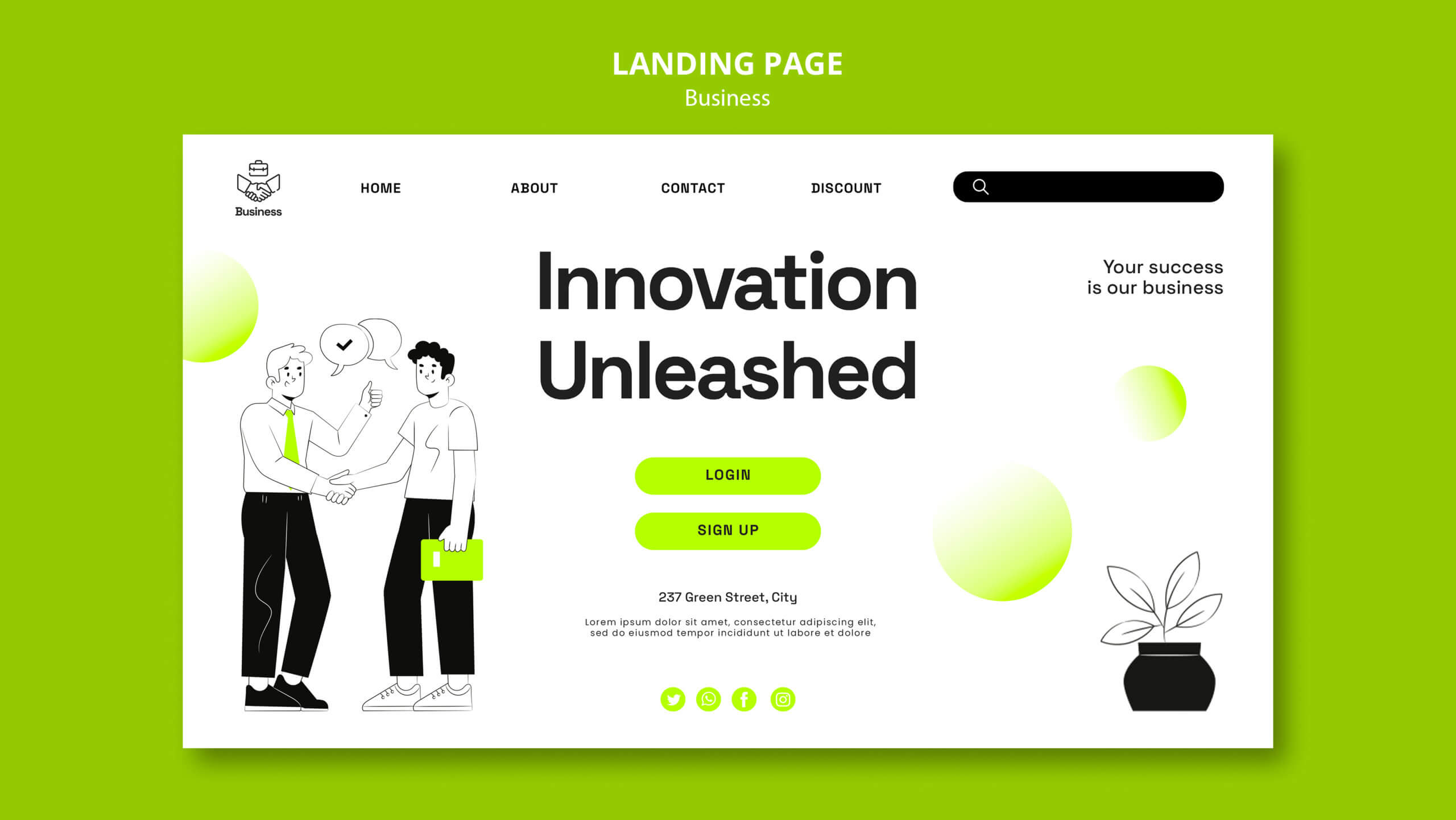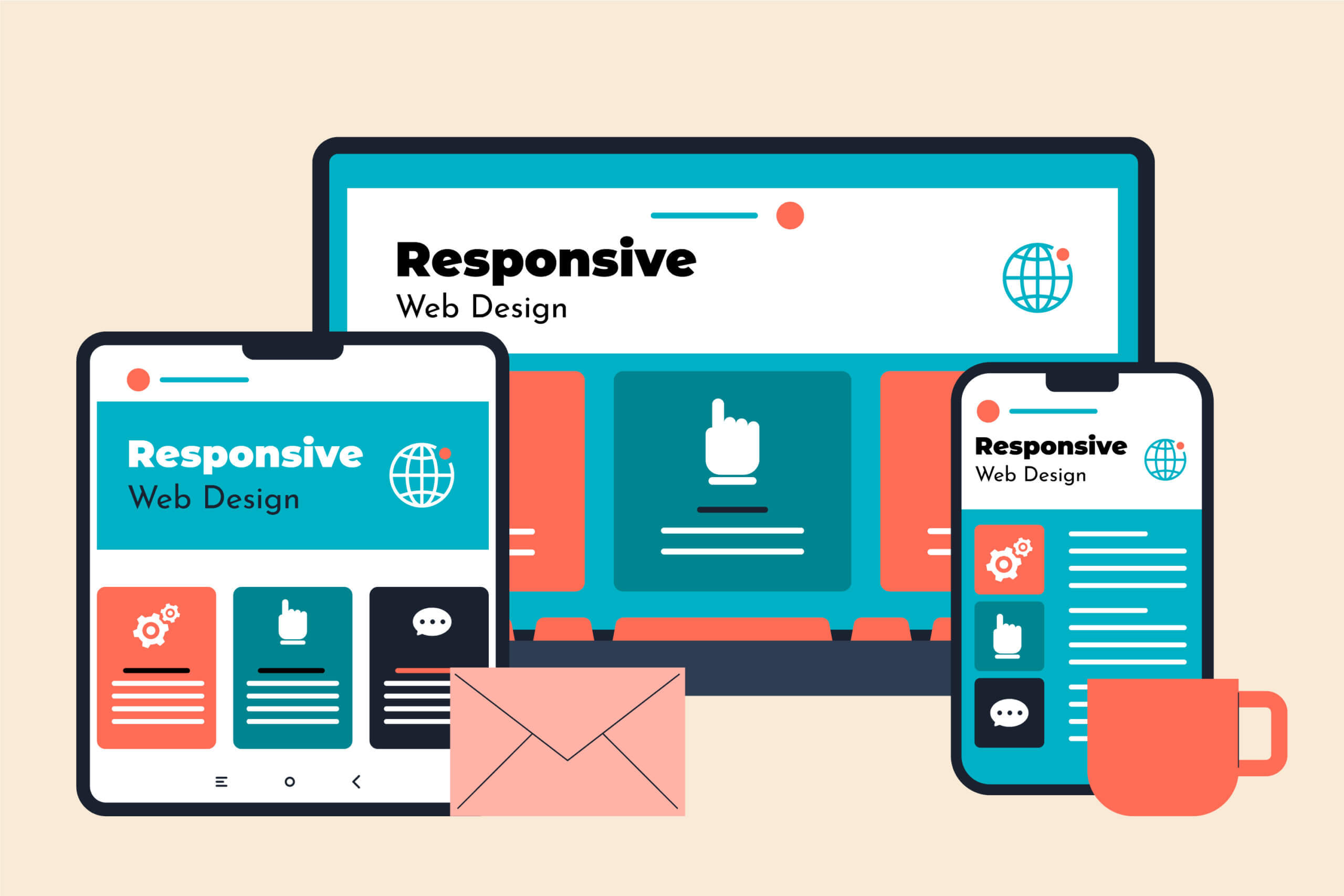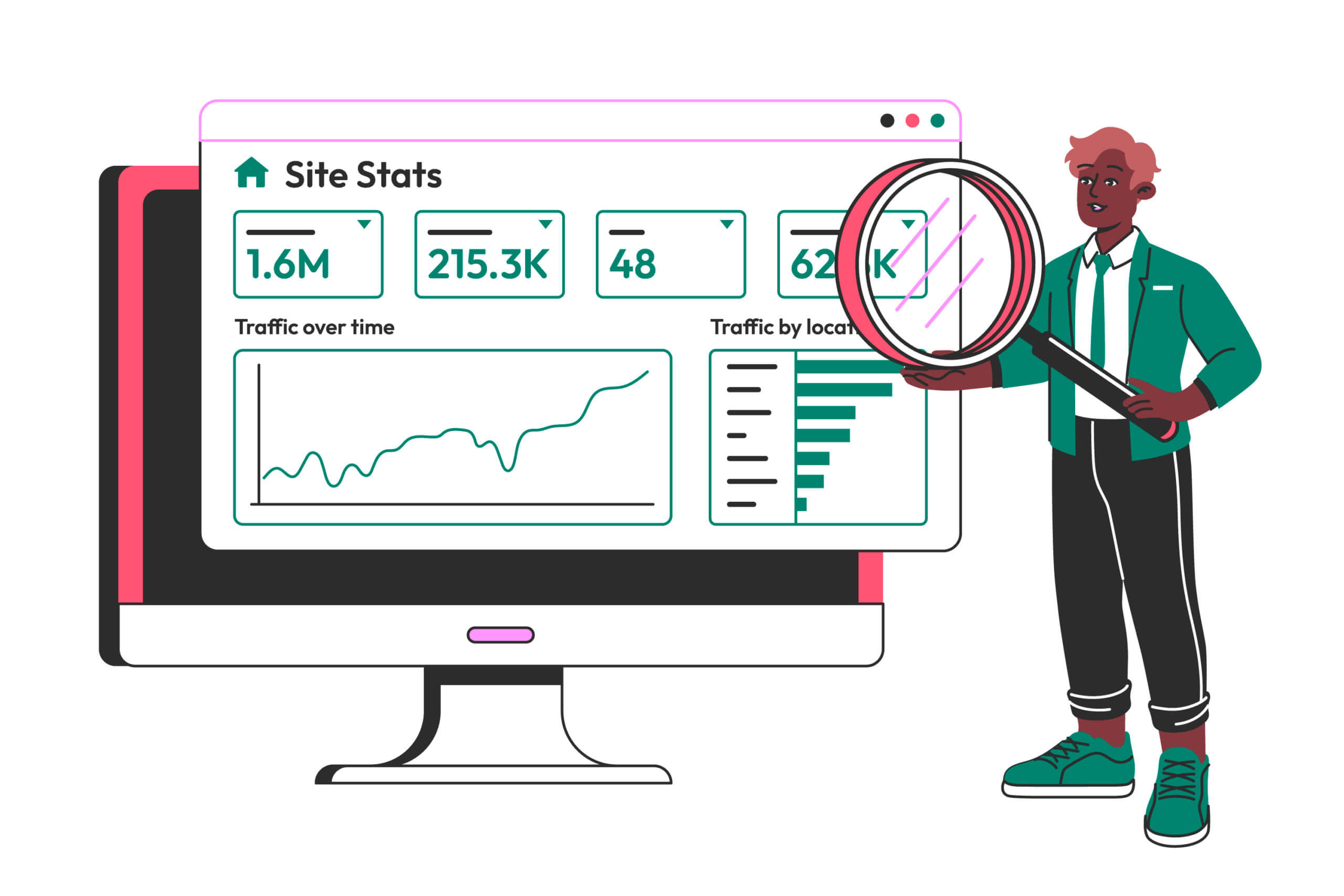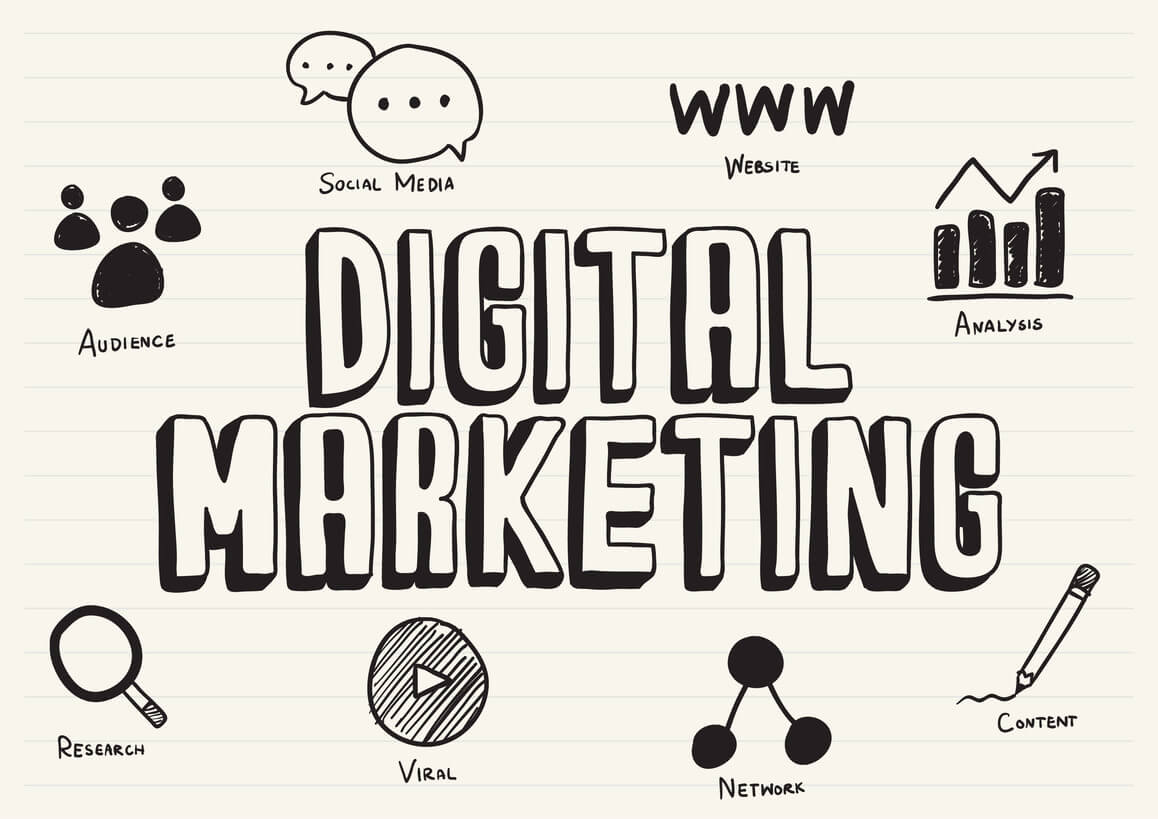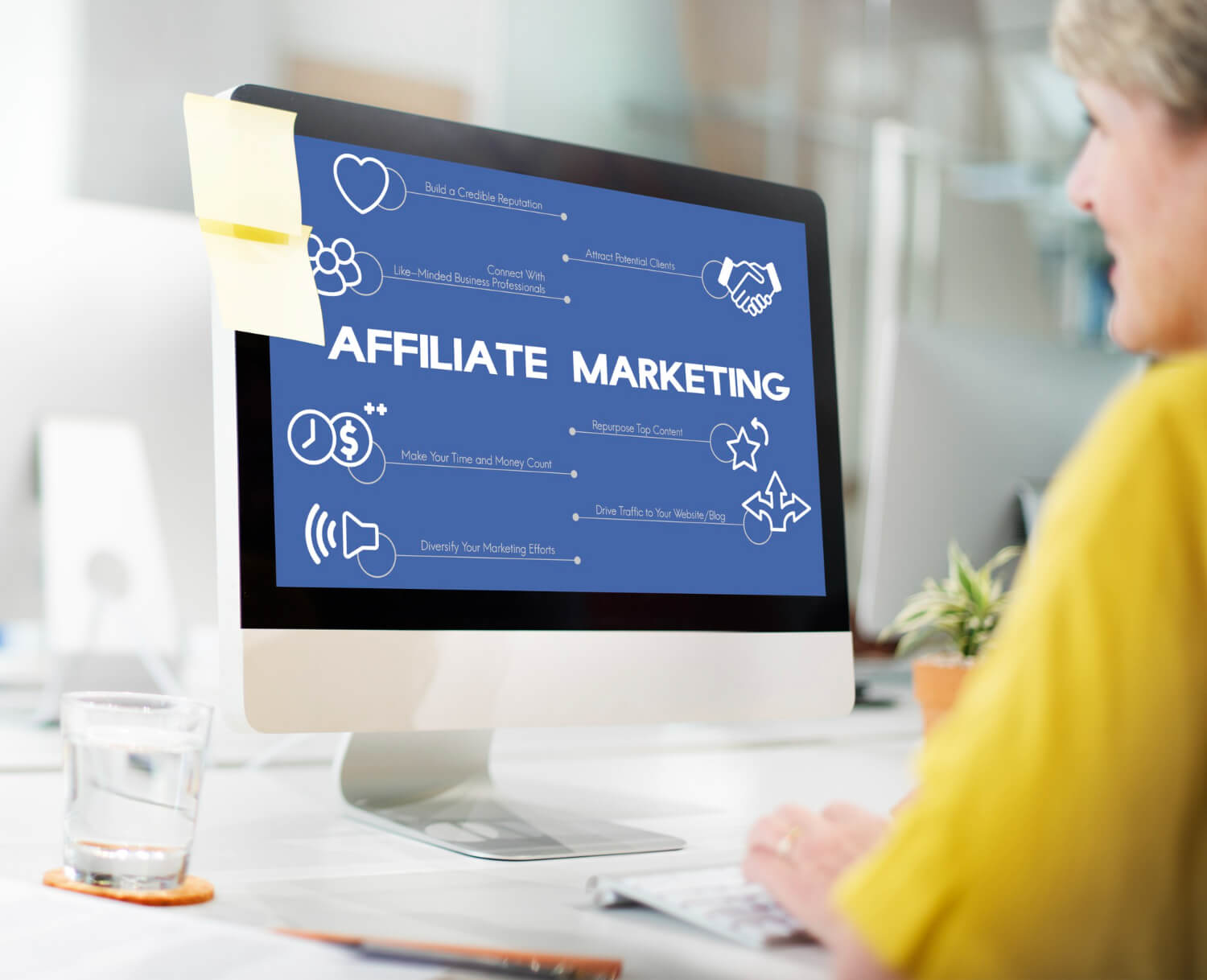
Creating content that grabs attention and compels action is no easy feat. In a digital landscape filled with millions of articles, videos, and social posts, standing out requires a strategic approach. Content isn’t just king; it’s the foundation of any brand’s online presence, SEO success, and audience engagement. In this guide, we’ll walk through proven strategies to craft high-quality content that not only resonates but also converts.
Why Engaging Content Matters in 2024
Today, the competition for visibility is more intense than ever. Content needs to be relevant, value-driven, and user-focused. Whether you’re a startup or an established brand, creating compelling, SEO-optimized content can elevate your position, build trust, and ultimately drive conversions. But how can you ensure your content captures attention and motivates action?
The Importance of Knowing Your Audience
Understanding who you’re writing for is critical. Without knowing your audience’s preferences, challenges, and goals, content can quickly fall flat. By focusing on specific buyer personas, brands can create targeted content that speaks directly to the reader, addressing their unique pain points and interests.
- Conduct Audience Research: Use surveys, analytics tools, and feedback forms to gather insights about your audience’s needs, interests, and behaviors.
- Segment Your Audience: Identify different segments within your audience and tailor your content accordingly. Segmenting by age, interests, purchase behavior, or pain points can improve relevance.
- Engage with Your Audience: Consider forums, social media, and Q&A sites to understand the language your audience uses and their current questions or concerns.
Developing a Content Strategy That Delivers Results
A well-defined content strategy is crucial to maintaining consistency and relevance. To develop one, brands need to align their content with both short- and long-term goals, ensuring a balance of engagement and sales-driven content.
Setting Clear Objectives and Goals
Establishing clear objectives for each piece of content can guide the type of information to include, its format, and how it will be promoted. Goals can range from improving brand awareness to driving conversions or increasing engagement on specific platforms.
- Define Purpose: Identify the purpose of each piece of content, whether it’s to educate, entertain, inspire, or persuade.
- SMART Goals: Ensure your content goals are Specific, Measurable, Achievable, Relevant, and Time-bound.
- Track Performance: Use analytics to monitor how each piece performs and adjust your strategy based on what resonates with your audience.
Choosing the Right Content Types
Different content types suit different goals and audiences. It’s essential to diversify your content to appeal to various preferences and touchpoints within the buyer’s journey.
- Blog Posts: Great for SEO and establishing expertise. Write comprehensive articles that answer key questions in your niche.
- Videos and Webinars: Highly engaging and effective for explaining complex topics or showcasing products.
- Infographics: Visually appealing and highly shareable, ideal for summarizing data or processes.
- Case Studies and Whitepapers: Establish authority and are particularly effective in B2B marketing.
Writing Content That Engages and Converts
Even with a strategy in place, the actual content must be well-written and designed to keep readers engaged. Here are some practical tips for writing high-converting content.
Crafting Compelling Headlines
Headlines are the first impression of your content. A strong headline not only grabs attention but also convinces the reader to invest time in your article.
- Be Specific: Tell the reader exactly what they’ll gain.
- Use Numbers: Lists and numbers create a sense of order and appeal to readers looking for digestible information.
- Incorporate Keywords: Ensure SEO-friendly headlines by incorporating relevant keywords without compromising readability.
Structuring for Readability
People often skim through content, so structure is key to keeping them engaged. Effective content uses subheadings, bullet points, and short paragraphs to break up information.
- Use Subheadings: Subheadings (H2, H3) provide an easy way for readers to find the information they’re most interested in.
- Bullet Points: Bullet points are an excellent way to summarize key ideas quickly.
- Visual Elements: Adding images, videos, or graphics can enhance comprehension and engagement.
The Power of Storytelling
Stories create an emotional connection with the reader, making them more likely to remember the content and act on it. Use storytelling to illustrate key points, build your brand voice, and humanize your content.
- Create Relatable Characters: Use buyer personas or real-life scenarios to make your stories relatable.
- Show, Don’t Tell: Instead of telling readers what to think, provide examples, anecdotes, and data to let them reach their conclusions.
- Build a Narrative Arc: Every story has a beginning, middle, and end. Ensure your content flows and maintains the reader’s interest throughout.
Optimizing Content for SEO
Effective SEO is built into content, not added as an afterthought. To make your content discoverable, follow these best practices for SEO optimization.
Keyword Research and Integration
Keywords are essential, but they should be used naturally. Research long-tail keywords and phrases that resonate with your target audience and integrate them seamlessly into your content.
- Primary Keywords: Place these in titles, headers, and the first 100 words of your content.
- LSI Keywords: Latent semantic indexing keywords help Google understand your content’s context, so incorporate relevant synonyms and related terms.
- Avoid Keyword Stuffing: Ensure your writing flows naturally and that keywords enhance rather than disrupt the reading experience.
Meta Descriptions and Tags
Meta descriptions may not directly impact rankings but significantly influence click-through rates (CTR). Make your meta descriptions concise, engaging, and keyword-rich.
- Use Action-Oriented Language: Encourage readers to click through with compelling action verbs.
- Stay Within Character Limits: Google often truncates descriptions over 160 characters, so be concise and informative.
- Incorporate Keywords: Use primary keywords naturally in your meta descriptions for better visibility.
Promoting Your Content
Creating great content is only half the battle; effective promotion ensures it reaches your target audience. To increase your content’s reach, focus on strategic distribution.
Leveraging Social Media
Social media platforms provide an excellent way to increase content visibility and engagement. Different platforms cater to different audiences, so tailor your approach to each one.
- Twitter and LinkedIn: Ideal for sharing blog posts and professional articles.
- Instagram and Pinterest: Great for visual content like infographics, videos, or creative posts.
- Facebook: A versatile platform for sharing all content types and engaging with a diverse audience.
Building Backlinks
Backlinks improve SEO by signaling authority to search engines. Building quality backlinks from reputable sites increases your content’s visibility and trustworthiness.
- Guest Blogging: Write guest posts on reputable sites in your industry.
- Partner with Influencers: Collaborate with influencers or thought leaders who can share and endorse your content.
- Utilize Internal Linking: Linking to your own content pages helps build a structured and valuable experience for users and enhances SEO.
Email Marketing
Email remains one of the most effective ways to distribute content directly to your audience. By sharing content through newsletters or personalized emails, you can build a loyal readership and drive consistent traffic to your site.
- Segment Your Audience: Tailor content to different audience segments based on their interests or past behaviors.
- Include Strong CTAs: Drive readers to your website, blog, or social media with compelling calls to action.
- Track Open and Click-Through Rates: Use metrics to refine your email strategy and determine which types of content resonate most.
Measuring Content Success
Finally, tracking the performance of your content is essential to understand its impact and optimize future strategies.
- Google Analytics: Use this tool to track metrics such as page views, bounce rates, and average session duration.
- Engagement Metrics: Comments, shares, and likes give insight into how well your content resonates with readers.
- Conversion Rates: Track the effectiveness of your content in driving actions, whether it’s signing up for a newsletter, purchasing a product, or downloading a resource.
Conclusion
In a crowded online landscape, crafting engaging content that converts requires a mix of creativity, strategy, and SEO optimization. By understanding your audience, structuring content for readability, and using smart promotion techniques, you can create a powerful content strategy that stands out. Whether it’s blog posts, videos, or infographics, every piece of content should aim to inform, inspire, and drive action. Start implementing these strategies today, and watch as your content transforms into a conversion engine.







